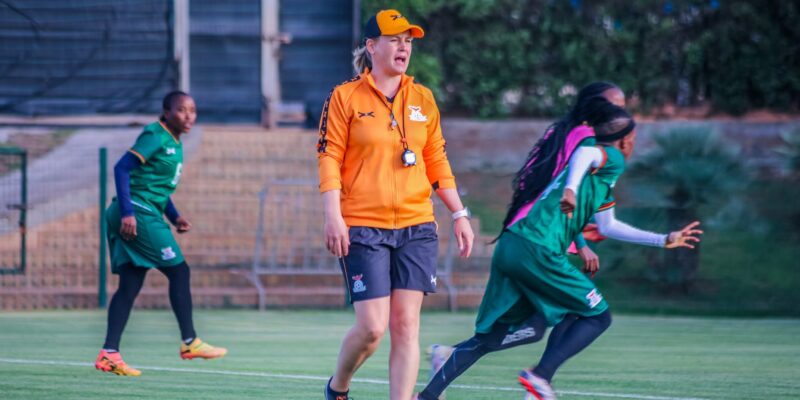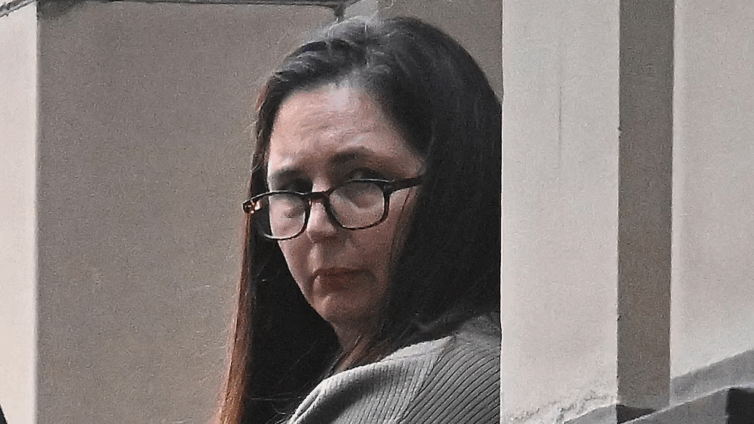Warri Residents Protest INEC Centre Allocation

The Independent National Electoral Commission (INEC)'s recent proposal for the delineation of electoral wards in the Warri Federal Constituency has ignited significant tensions and highlighted the potential for conflict in the area, which comprises Warri North, Warri South, and Warri South-West Local Government Areas (LGAs). While the Ijaw communities seem to have largely accepted INEC’s proposal, the Itsekiri and Urhobo communities have decried it as unfair, arguing that it fails to accurately reflect their respective populations and voter strengths, particularly in Warri South where the Urhobo claim an overwhelming majority.
This ongoing contention has reignited long-standing disputes over group legitimacy and historical claims of first settlement among the Ijaw, Itsekiri, and Urhobo ethnic groups in Warri. Historically, Warri, the former provincial headquarters of colonial Nigeria's Delta Province, has earned the infamous moniker “hot zone” due to its history of heightened political violence and ethnic disturbances. Instances of conflict in 1952, 1993, 1997, and 2003 have resulted in substantial loss of life, destruction of property, displacement of people, and economic disruption. Many observers attribute these conflicts to local elites vying for political control, often manipulating innocent citizens, including blood relatives, into destructive fratricidal wars. This reflects the postulate that self-interest, as noted by Jawaharlal Nehru, can blind individuals to justice, fair play, logic, and reason, leading to the prioritization of personal advantage over the common good.
Amidst this climate, the efforts of peace advocates are often drowned out by those who, for self-interest, instigate conflict, pushing uneducated and unemployed youths into wars from which their own children are shielded and sent to safety abroad. Exposing the tactics of these war mongers is a daunting task, especially with the prevalence of technology and the rise of yellow journalism disseminating misinformation. There is a critical need to educate the public, who stand to lose the most, by providing factual and clear information about the situation in Warri. This includes helping people understand INEC’s role in electoral ward delineation, which is often unfairly characterized as villainous. The process is constitutionally mandated to ensure electoral wards are roughly equal in population and to reflect changes in migration and population distribution, thus maintaining a fair and equitable electoral system where all votes hold equal value.
However, the current composition of the three Warri LGAs is widely perceived as far from fair and equitable. Critics argue that the councils were designed to grant the Itsekiri full political control, despite them being a minority in at least two of the three councils. Previously, INEC assigned disproportionately more electoral wards to the Itsekiri compared to the Ijaw and Urhobo majorities. For example, Warri South had 12 electoral wards evenly split between Itsekiri and Urhobo, with no Ijaw representation, despite a believed smaller Itsekiri population. In Warri North, Itsekiri had six wards against four for the Ijaw (with no Urhobo), and in Warri Southwest, Itsekiri had six wards while Ijaw had four (again, no Urhobo). Overall, the Itsekiri commanded 18 out of 32 electoral units in the Warri Federal Constituency, exceeding the combined total for Ijaw and Urhobo. This led to grievances, with Ijaw and Urhobo communities accusing INEC of creating fictitious electoral units to manipulate elections.
Numerous historical instances of electoral malpractice and gerrymandering further illustrate these concerns. The 1955 electoral regulations, for example, allowed for voter 'packing,' where Itsekiri women living in Sapele registered in Warri, and Urhobo voters were brought in from surrounding villages, leading to an inflated register of over 20,000 names—double the adult population of Warri Township at the time. Election investigator K.W.J. Post reported that in Ode-Itsekiri Local Council Area in 1959, registered voters were 125% of the 1952 population, with one village showing more than twice its 1952 population. The 1952 census figures for Warri Division (54,284 total, with 20,889 Itsekiri, 10,972 Urhobo, 8,556 Ijaw) were potentially inaccurate, suggesting 'packing.' Michael Okorodudu, an Itsekiri establishment member, even pleaded with the Willink Commission in 1957-58 to recognize the 'precarious position' of Itsekiri in Warri, where they numbered less than a sixth of the population, yet believed other tribes should not have a vote.
The Obasanjo Local Government reforms of 1976, which merged the whole Warri Division into one Warri Local Government Area, were also criticized for gerrymandering. Ijaw territories were believed to be incorporated into Itsekiri-favored districts, diminishing Ijaw representation. Specific examples include the inclusion of Itsekiri villages like Ode-Itsekiri, Orugbo, Obodo, and Omadino into Ijaw areas of Gbaramatu, Egbema, and Ogbe-Ijoh as wards. Additionally, Ijaws in Ogbe-Ijoh were transferred to Burutu LGA, and Tsekelewu, an oil-rich Ijaw constituency, was illegally moved from Bendel State to Ondo State. It took the National Party of Nigeria (NPN) government in 1983 to dissolve the All-Itsekiri Member Committee responsible for the transfer and return Tsekelewu and Ogbe-Ijoh to Warri LGA. More recently, Ode-Itsekiri, previously one ward, has been split into three (Ode-Itsekiri, Obodo, and Ubeji) ostensibly to increase Itsekiri representation. Allegations of ballot box stuffing from creek areas, including non-existent polling stations, further highlight the history of electoral irregularities.
The Supreme Court Order SC413/2016 brought significant relief, directing INEC to conduct a fresh delineation of wards in the constituency to reflect the ethnic composition of the region. Following extensive consultations with Ijaw, Itsekiri, and Urhobo representatives, INEC presented a new distribution on April 2, 2025: Warri North LGA now has 18 electoral wards (10 Ijaw, 8 Itsekiri); Warri Southwest LGA has 19 (14 Ijaw, 5 Itsekiri); and Warri South LGA has 20 (3 Ijaw, 8 Itsekiri, 9 Urhobo).
However, this new proposal has not been universally accepted without contention. On April 2, 2025, over 200 protesters from the Ogbe-Ijoh Kingdom barricaded INEC headquarters, protesting the allocation of only two out of the 19 proposed registration areas for Warri South-West Local Council. They carried placards reading “Ogbe-Ijor has the huge population in Warri South-West” and “Ogbe-Ijor Kingdom rejects two wards,” calling on INEC to rectify this alleged injustice. Nathaniel Oromoni, speaking for the Ogbe-Ijoh Kingdom Youth Council, accused political stakeholders and National Commissioner Dr. Kenneth Ukeagu of orchestrating this suppression. The Ogbe-Ijoh Kingdom, claiming to represent about 40% of Warri South-West's population and being home to numerous communities and oil operations, submitted protest letters to INEC on April 5 and 21, 2025, vowing to resist any deliberate oppression.
While INEC's proposal may not be perfect and likely requires further negotiations, it represents a significant improvement over previous electoral reform efforts in Warri. As paraphrased by Delta State Resident Commissioner Etekamba Udo Umoren, this effort signifies the determination, resilience, and unity of purpose among all stakeholders to implement the Supreme Court’s order. The ultimate goal remains to foster peace and allow all citizens, regardless of ethnic nationality, to coexist and contribute to Warri’s development and prosperity.







_1751880097.jpeg)


